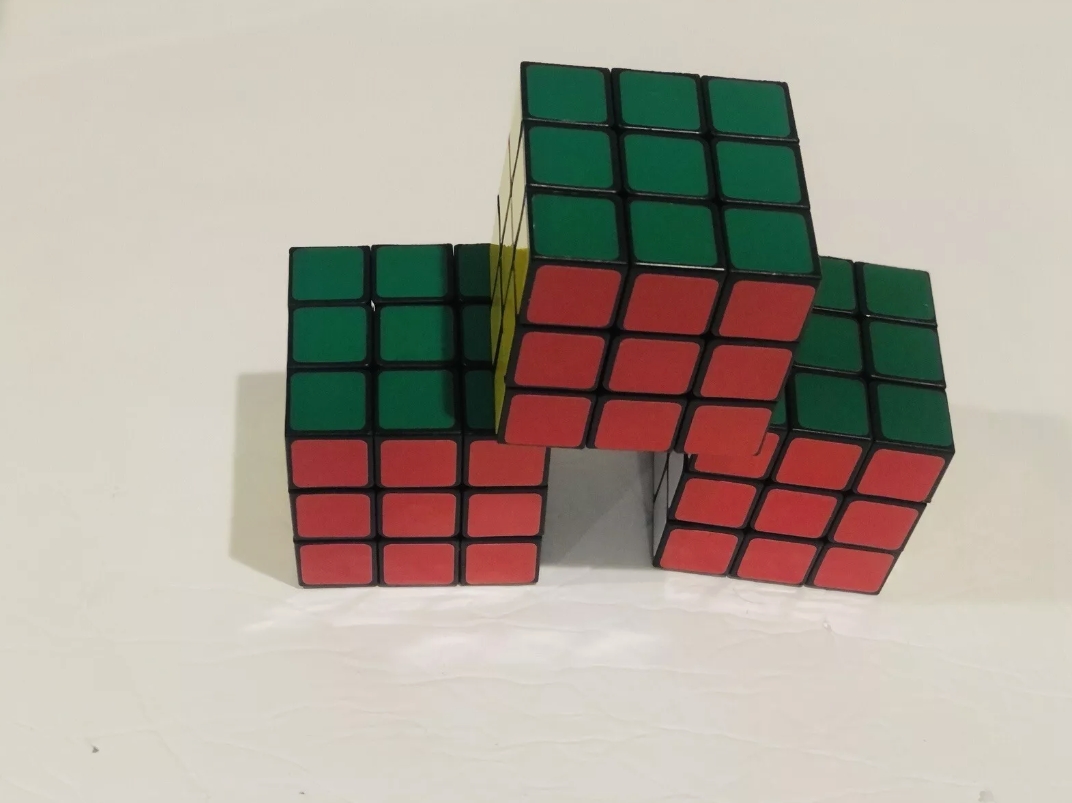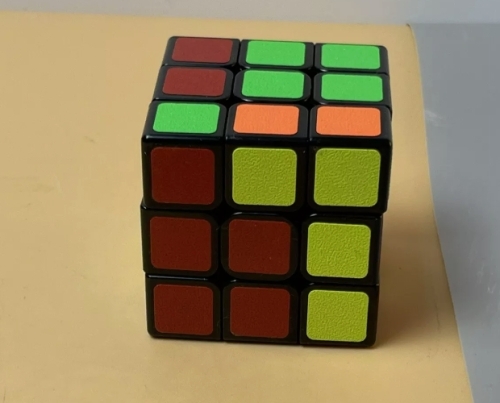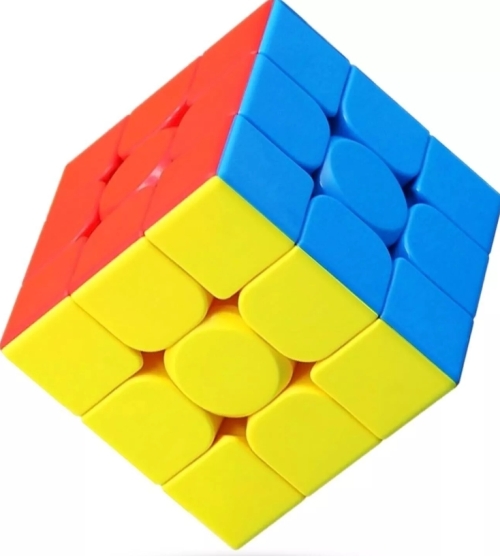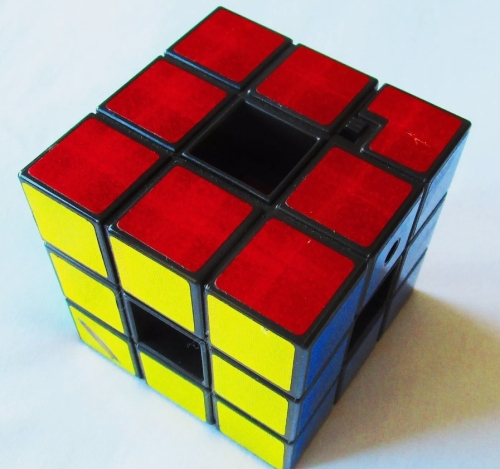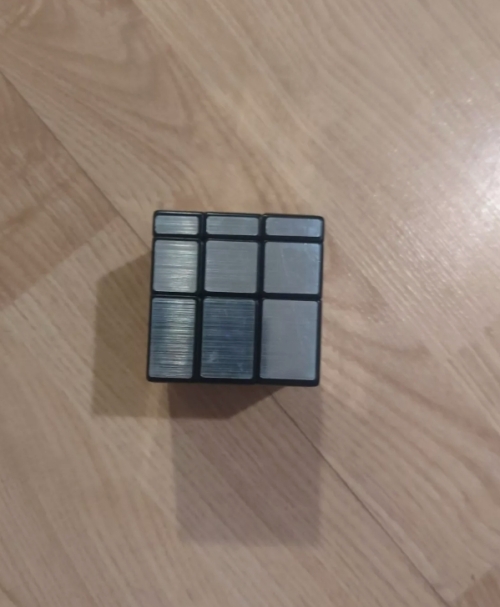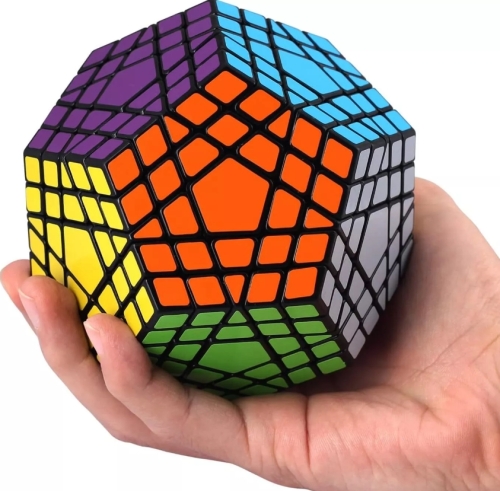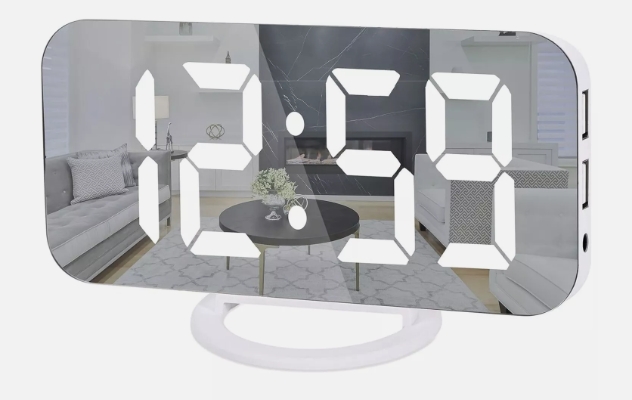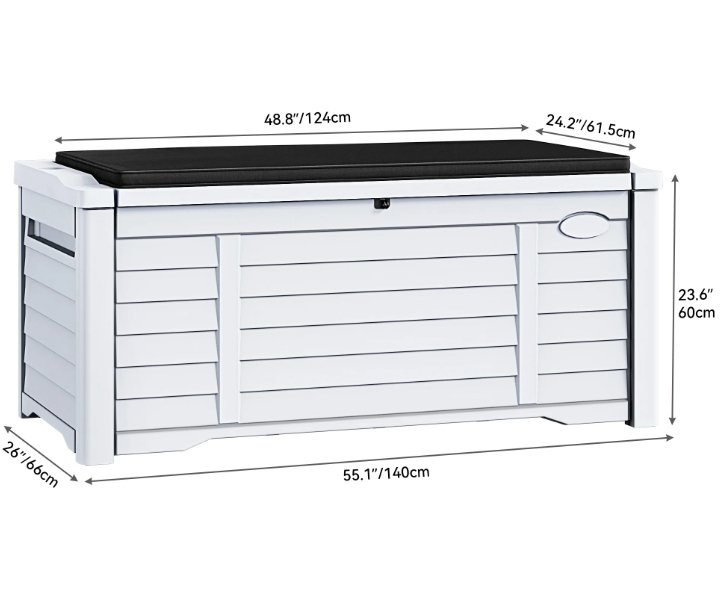What makes the Rubik's Cube particularly captivating is its complexity. With over 43 quintillion possible configurations, solving the cube requires both strategy and skill. While beginners often start with basic algorithms, many enthusiasts delve into advanced techniques like CFOP and Roux methods to improve their speed, turning the pursuit into a competitive sport known as speedcubing. International championships bring together competitors from around the globe, showcasing astonishing feats of dexterity and mental acuity.
Beyond competition, the Rubik's Cube has significant educational value. It enhances critical thinking, spatial awareness, and memory. Educators utilize it in classrooms to engage students in mathematics and problem-solving, turning a simple puzzle into a powerful learning tool.
In addition, the cube has thrived in the digital age, with countless apps and online platforms offering tutorials, simulations, and virtual competitions. This accessibility continues to attract new fans, ensuring the Rubik's Cube remains relevant and widely appreciated.

